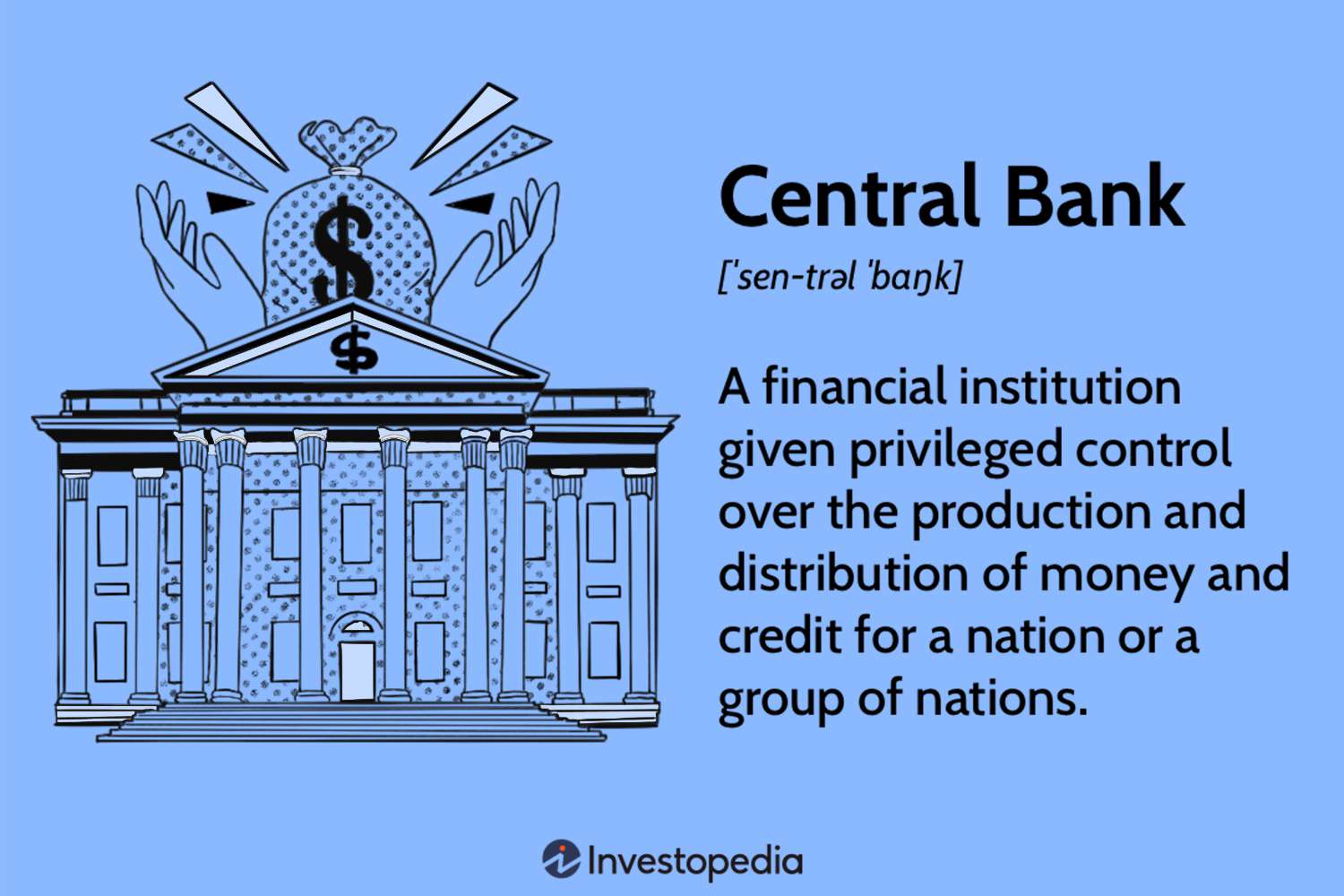In the ever-evolving landscape of financial technology, robo-advisors have emerged as a game-changing solution for investors seeking efficient portfolio management. However, as these automated platforms gain popularity, a critical question arises: Are robo-advisors truly revolutionizing portfolio risk management, or are they simply cutting corners?
The Rise of Robo-Advisors
Automated Investment Solutions
Robo-advisors have gained significant traction in recent years, offering algorithm-based portfolio management to a wide range of investors. These platforms employ complex algorithms to construct diversified portfolios tailored to individual investor profiles, automating investments and ensuring proper diversification.
Risk Assessment and Management
Quantitative vs. Qualitative Measures
One of the key strengths of robo-advisors lies in their approach to risk assessment. While many platforms use qualitative risk ratings based on psychometric questionnaires, there is a growing trend towards incorporating more sophisticated quantitative risk measures. This shift allows for a more nuanced understanding of portfolio risk, potentially leading to better-informed investment decisions.
The Efficiency Argument
Cost-Effective Portfolio Management
Proponents of robo-advisors argue that these platforms offer a cost-effective solution for portfolio management, particularly for retail investors. By leveraging automation and passive investing strategies, robo-advisors can potentially deliver competitive returns while keeping fees low.
The Corner-Cutting Concern
Limitations of Automated Systems
Critics, however, raise concerns about the potential limitations of robo-advisors. Some argue that these platforms may oversimplify risk assessment, potentially leading to suboptimal financial planning decisions for investors with complex circumstances. Additionally, the reliance on algorithms may not fully account for nuanced market conditions or individual investor needs.
Balancing Automation and Human Insight
The Future of Wealth Management
As the robo-advisor industry continues to evolve, a hybrid approach combining automated systems with human expertise may emerge as the optimal solution. This approach could leverage the efficiency of algorithms while still providing the personalized touch that many investors value.
Embracing Innovation Responsibly
While robo-advisors have undoubtedly brought innovation to portfolio risk management, it’s crucial for investors to approach these platforms with a balanced perspective. By understanding both the benefits and limitations of robo-advisors, investors can make informed decisions about whether these automated solutions align with their financial goals and risk tolerance.









